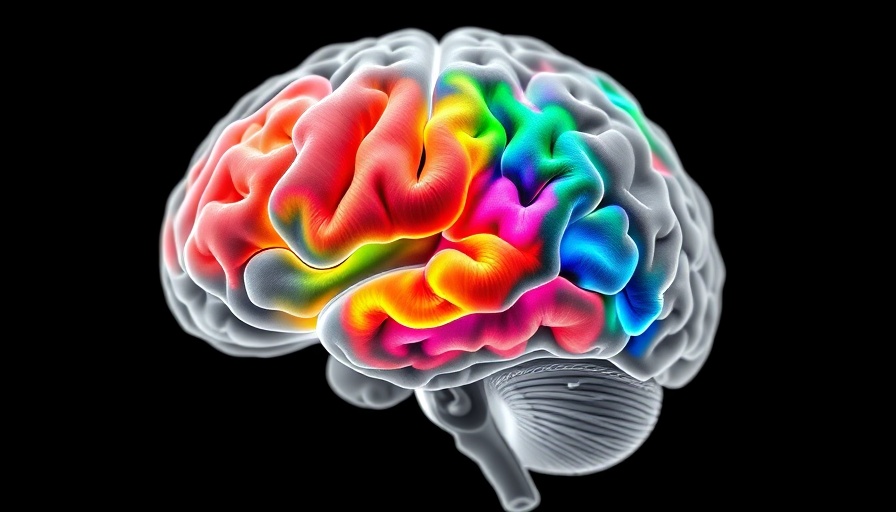
The Future of Functional MRI: A Game Changer for Autism Research
Functional MRI (fMRI) has been a cornerstone of neuroscience since its inception 32 years ago, illuminating the brain's architecture like never before. Recent technological advancements, however, are rapidly expanding its capabilities, particularly in the study of autism spectrum disorder (ASD). This is good news for parents of autistic children, as these advancements could lead to breakthroughs in understanding and treating the condition.
Speeding Up Our Understanding of Brain Function
One of the most exciting developments in fMRI technology is its increased speed. Traditionally, fMRI could produce brain images every three seconds, but contemporary methods can generate a complete image in under 300 milliseconds. This speed permits researchers to capture temporal sequences of neural activity, revealing dynamic interactions between different brain regions in real time. For families navigating the intricacies of autism, this means more reliable, quicker assessments of brain function, crucial for tailoring effective cognitive therapies.
High-Resolution Imaging: Diving Deeper Into Brain Structures
Alongside speed, the resolution of fMRI has seen substantial advancements. Modern fMRI can now focus on specific brain structures as small as 500 microns. For families, this means exploring previously unreachable layers of the brain, vital for understanding emotional regulation and behaviors often impacted by ASD. Increased clarity in imaging helps to unravel the complexities of how different brain areas interact, providing critical insights that can inform early interventions.
Innovative Methods That Expand Our Understanding
Beyond measuring blood oxygen levels, recent fMRI adaptations allow for the exploration of cerebrospinal fluid dynamics and metabolite levels within brain tissue. This multifaceted approach offers a more nuanced understanding of brain function, revealing how various circuits operate together. For parents of autistic children, these developments may lead to personalized action plans that rely on sophisticated analysis rather than generalized treatments, improving overall outcomes.
Why These Innovations Matter
With these groundbreaking innovations, the future of autism research appears more hopeful than ever. For families, the potential for tailored cognitive therapies based on precise neurodevelopmental insights means a more supportive and informed approach to addressing unique challenges faced by children on the spectrum. Enhancing understanding through fMRI technology isn’t merely academic—it's paving the way for real change and connection in the everyday lives of autistic children and their families.
To learn more about how innovations in technology are reshaping the support available for children with autism, click here.
 Add Row
Add Row  Add
Add 




Write A Comment